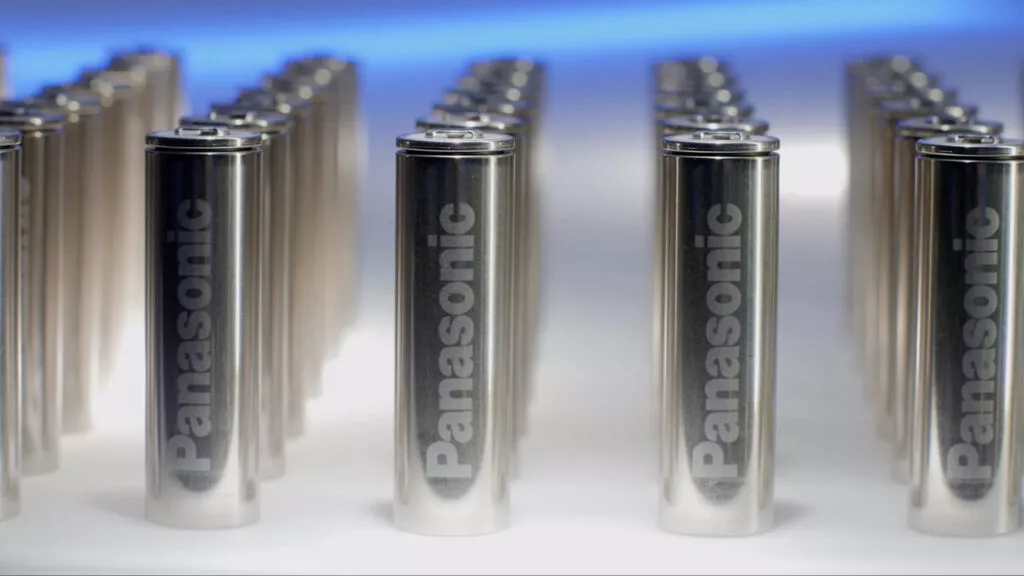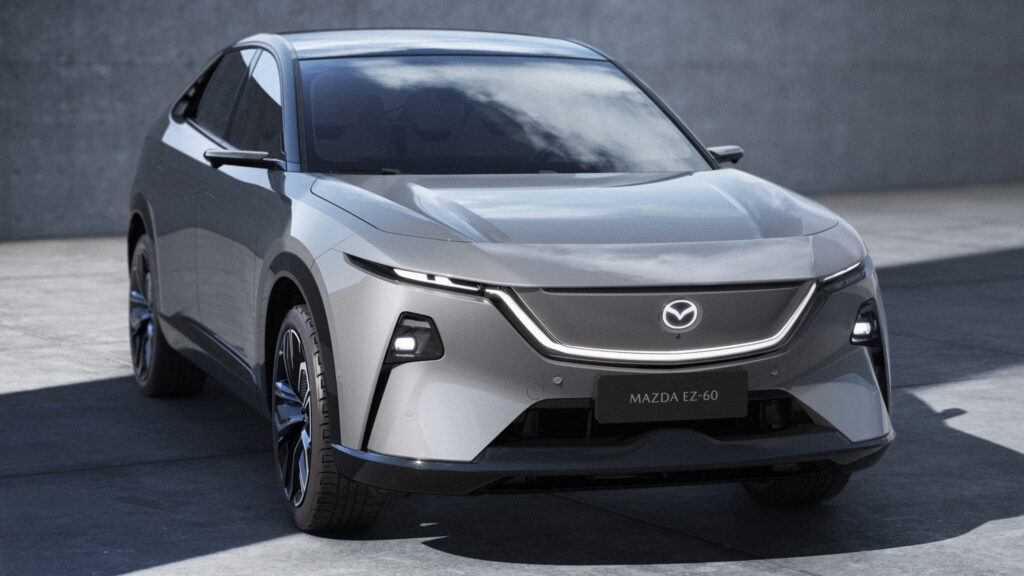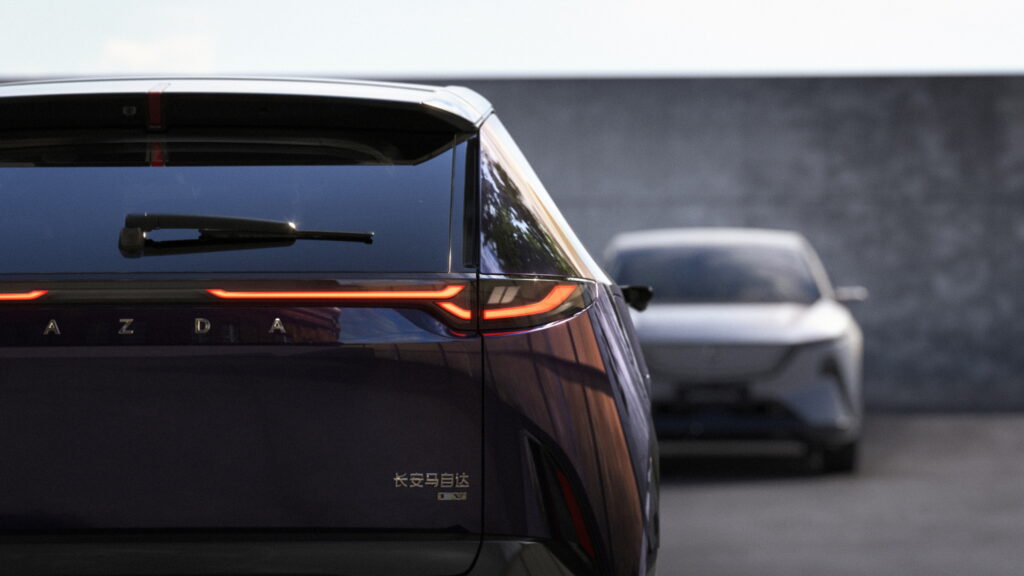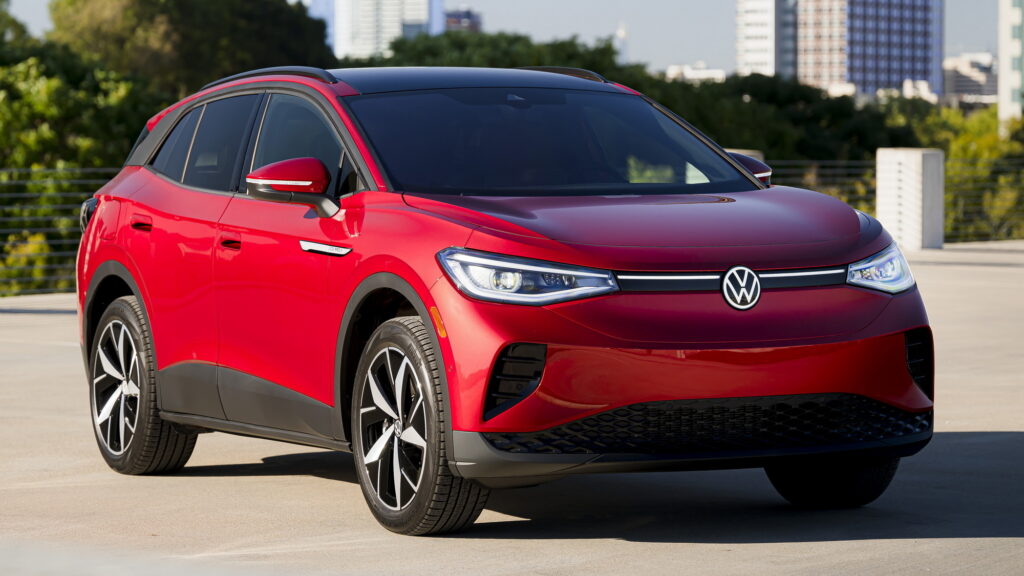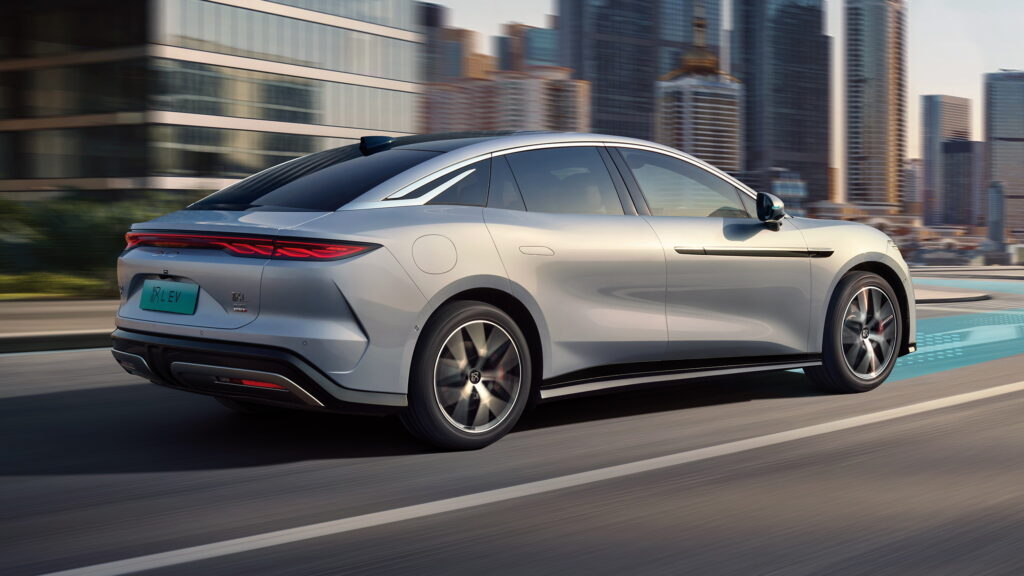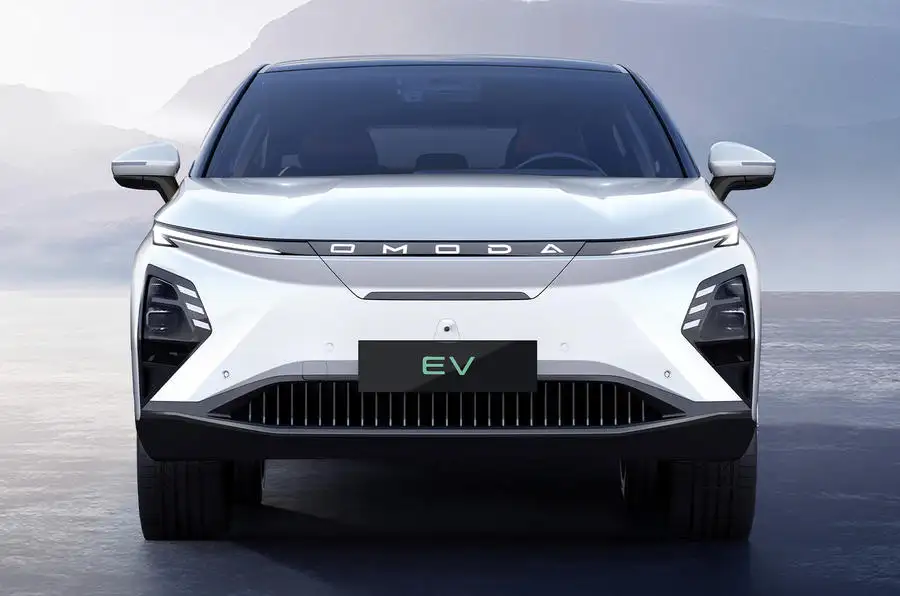Kia’s New Electric 7-Seater Costs Less Than You’d Expect And Offers More Than You Think

- Kia’s new electric seven-seater is its first EV manufactured entirely in India.
- The Carens Clavis EV blends SUV styling with minivan practicality and modern tech.
- Base and Long Range versions offer up to 305 miles and 169 hp with fast charging.
The electric vehicle space is evolving quickly, and some models are blurring the lines between old and new. When the Carens Clavis debuted in May 2025, many took one look at its sharp design and assumed it was electric. Turns out, that wasn’t far off. Kia has now introduced a fully electric version of the affordable minivan, confirming that the EV-inspired design of the internal combustion model wasn’t just a coincidence.
More: Kia’s EVs Keep Getting Smaller And They’re Not Stopping
Designed with emerging EV markets in mind, this new electric variant is Kia’s first EV built in India. It mirrors much of the futuristic styling of the ICE-powered Clavis, with a few subtle but functional updates.
These include a front-mounted charging port, the removal of the central cooling intake, LED fog lamps, a lit-up grille, and redesigned alloy wheels shaped to improve aerodynamics. Kia describes it as a “lifestyle-ready recreational vehicle with SUV-inspired character,” and it’s positioned as a more premium take on the standard Carens, offering distinct exterior styling and a tech-focused interior.
Familiar Footprint, Refined Interior
Inside, the Carens Clavis EV retains a three-row layout, stretching 4,550 mm (179.1 inches) long and configured to seat seven. The dashboard features a wide 26.6-inch digital cockpit, standard across the range. Thanks to the absence of a traditional gearbox, the center console now has a floating design, which opens up more usable space.
Depending on the trim level, the EV is available with a range of comfort and convenience features. These include ventilated front seats, an eight-speaker Bose sound system, ambient lighting, a panoramic sunroof, and up to 20 advanced driver assistance systems with Level 2 autonomy. In the second row, Kia has added its “Boss Mode” seating with one-touch electric tumble functionality for easier third-row access.
Kia
As with the regular models, the Carens Clavis shares its underpinnings with the Hyundai Creta and Kia Seltos SUVs. Predictably, the electric version borrows the powertrain and battery options from the Hyundai Creta Electric.
More: Kia EV5 Lands In Europe But Could You Live Without Its One Missing Option?
The Base model is equipped with a 42 kWh battery and delivers 133 hp (99 kW / 135 PS) along with 225 Nm (166 lb-ft) of torque, offering an MIDC range of 404 km (251 miles). For those needing more range, the Long Range version steps up to 169 hp (126 kW / 171 PS) and 255 Nm (188 lb-ft) of torque, thanks to a larger 51.4 kWh battery, extending the range to 490 km (305 miles).
Charging and Market Positioning
Both battery packs are liquid-cooled, IP67-certified for dust and water resistance, and support Vehicle-to-Load (V2L) functionality along with 100 kW DC fast charging.
Kia hasn’t shared a full list of markets where the Carens Clavis EV will be sold but said pricing and availability will be customized for each region. In India, where it’s produced, the EV is priced between Rs 17.99 lakh and Rs 24.49 lakh ($21,000–$28,600).
For context, the ICE-powered Carens Clavis, available with both gasoline and diesel engines, ranges from Rs 11.50 lakh to Rs 21.50 lakh ($13,400–$25,100).







